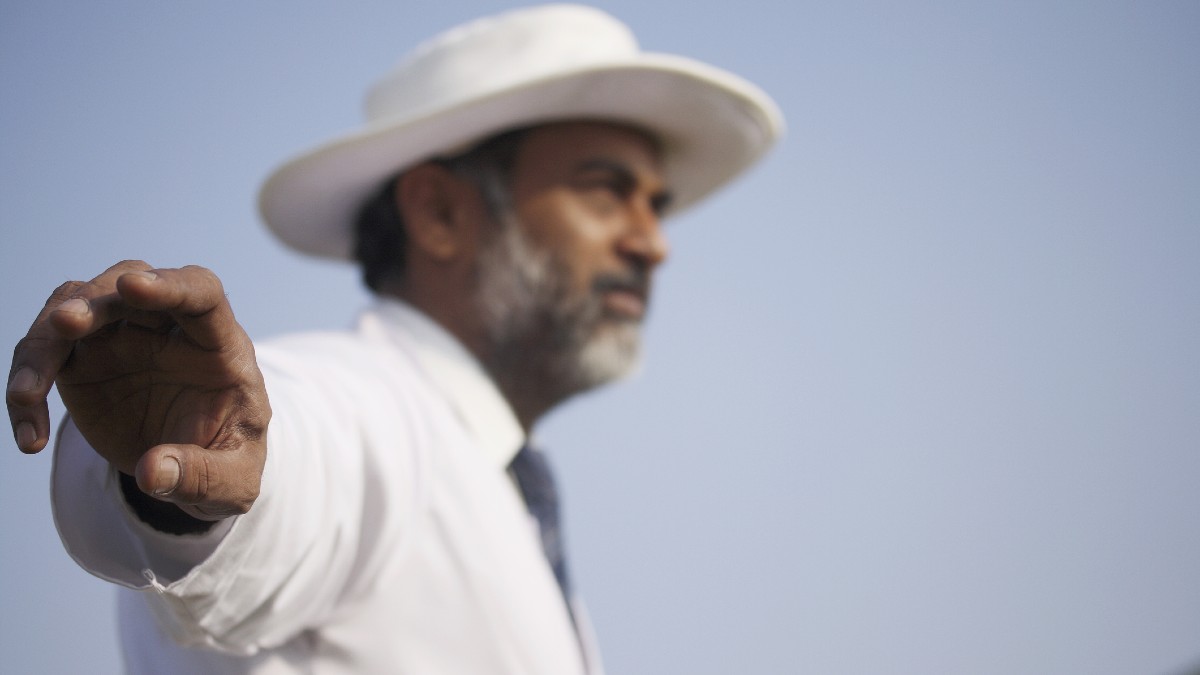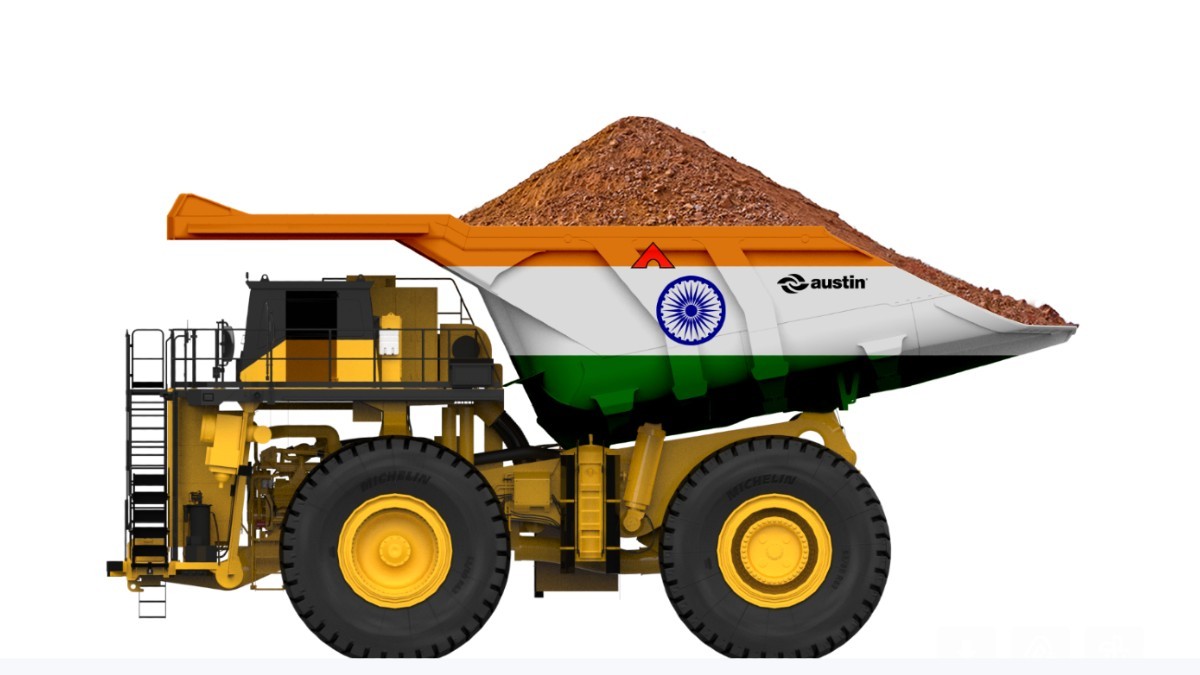Aussie small caps are starting to make some real runs on greener Indian wickets

Via Getty
First part of 2023, when the hugging was done and Narendra Modi and Marrickville Prime Minister Anthony Albanese got down to brass tacks, the two captains had tossed the coin on trade, defence and renewable energy.
They’d signed up for a joint hydrogen task force and expanded a co-op on clean energy.
They’d also signed a headline deal on migration that’ll up the exchange of students, researchers and business.
The Economic Cooperation and Trade Agreement (ECTA) (almost ETC’A) was actually the first signed by India with a developed country (air quotes) in a decade.
Before that had come an early harvest agreement and a forerunner of the Comprehensive Economic Cooperation Agreement (CECA), which we’ve been nutting out with various Indian bosses since 2011.
Albanese said both India and Australia are accelerating a much, much broader economic partnership, defence ties, crayfish, lentils… everything is on the table.
Not quite opening bat, but in his own way, contributing to the spectacle is the CEO and MD of Austin Engineering (ASX:ANG) David Singleton who, Tuesday morning, announced ANG’s first foray into the sub-continent.
It’s not a big one by any stretch of the imagination, but it’s a bright one.
“The Australian Government has vastly improved business access and trade opportunity with India through an elimination, reduction or phase out of tariffs, and we see a long-term future potential for Austin in this market,” Singleton told Stockhead on Wednesday night.
We actually touched base not long after India’s May index of industrial production (IIP) dropped, showing another rise – this one a stout 4.2% YoY. That’s up from 1.1% in March and 6.7 % in April 2022.
The factory output grew at a higher-than-expected rate driven by a pick-up in manufacturing and mining.
“India’s economy is gaining strength and it’s presenting growing openings for Australian companies to increase business and trade, and we are excited to be part of this opportunity,” Singleton said.
Relations between India and Australia have strengthened over the last decade, says Biswajit Dhar, Professor at the Centre for Economic Studies and Planning at Jawaharlal Nehru University.
“The revival of the Quadrilateral Security Dialogue, or the Quad, in 2017 provided an important platform through which the two countries deepened their engagement.”
Australia has also emerged as a more significant trade partner for India during the past five years.
During fiscal year 2018–19, Australia’s share of India’s total trade was 1.6 per cent, which increased to 2.4 per cent in 2021–22. But during 2022–23, this growth trend was reversed on account of reduced exports from India.
“The commitments taken by the two partners suggest that the ECTA provides a good platform for taking India–Australia trade to the next level,” Professor Dhar told the ANU’s East Asia Forum this month.
We trashed 98% of our tariffs when the agreement came into force at the end of last year and we’ll trash any remaining tariffs within five years.
India eliminated tariffs on 40% of its tariff lines and will eliminate tariffs on another 30% of its tariff lines in a phased manner over the next seven years, Professor Dhar notes.
“The more important aspect of India’s offer is its commitment to enhance imports of several products that are commercially important for Australian businesses, including sheep meat, wool, fresh rock lobsters, coal, alumina, titanium dioxide and certain critical minerals.
“India has also provided a duty-free quota for facilitating cotton imports, and has slashed tariffs on lentils, almonds, oranges, mandarins and pears.”
On Tuesday, Austin received its maiden purchase orders for four haul truck trays from an as yet unnamed major iron ore producer in India, potentially opening up a giant new market for its Asia Pacific business.
“India presents an exciting market opportunity for Austin and we’re very pleased to receive our first order for truck trays for delivery to India. Our operations in Indonesia and Australia are well positioned to service this market given our close proximity and well established operations.
“India has a very large mining sector. It is one of the world’s largest producers of iron ore, and our experience with building equipment for Australia’s iron ore industry is favourable in respect to the Indian market opportunity.”
India, he told me, is the world’s third largest iron ore producer, and there’s been quiet delight about securing an order “with one of the country’s major miners.”
“Our products are also built to drive efficiency in operations – lighter trucks, more payload per tray, precision wear monitoring and a reduction in environmental footprint overall,” he added.
Austin hasn’t sold truck trays into India before.
And they’re going to need them.
What’s yours is mine
The three or so really major producers of iron ore in India are NMDC, Tata Steel and Vedanta Resources.
NMDC’s output was 40.61Mt in 2021, up by 30% on the previous year.
There’s almost 130 iron ore mines alone in India,
There’s some major ore sites in India to service as well.
Just a taste for example, the three biggest iron ore mines, by output, according to GlobalData, are the NMDC-owned Bailadila Iron Ore Mines. Known also as the Bacheli Complex, it’s a surface mine located in Chhattisgarh, churning out circa 12.5m/t of iron ore last year. At that rate Bailadila has a mine life of around 30 years.
Right next door is the Kirandul Complex, also a surface mine with a 2022 production of circa 12.4m/t. Kirandul will operate until 2040.
Owned by Serajuddin & Co. the Balda Block Iron Mine in Odisha produces around 10m/t annually and has a 10-year expected mine life.
Austin, W.A.
Back to Austin.

Singleton says the truck trays in this order will be used in iron ore operations to demonstrate the benefits of the Austin design. That said, there’s no guarantee of further orders, although Austin is staring at an order of some 165 trays across the client’s various iron ore and coal mines.
The iron ore truck trays usually have a service life of around four years before they need replacing, so there’s a lot of runs on this wicket and it’s looking a lot greener than Indian pitches ever did back in the day.
Austin says the orders follow nine months of retrofitting engineering alongside the customer to develop a customised ULTIMA tray that’s designed to be used without a steel wear liner and can therefore outperform the OEM unit in this application.
Singleton says they designed one without a steel wear liner which can outperform and deliver an additional circa 66,000 tonnes of ore per annum per truck, with less downtime for maintenance to replace wear liners.
“This equates to a significant lift in overall tonnage delivered across the full operation per annum, and additionally leads to a reduction in fuel and tyre usage thereby reducing carbon emissions per tonne of ore delivered.”
Austin’s Mainetrack condition monitoring software will be used to monitor the performance of all Austin trays deployed at the sites allowing wear rates to be accurately evaluated.
Austin added the digital wear monitoring system to its service offering through its acquisition of Mainetec in 2022. Initially used on Mainetec’s excavator and dipper buckets, Austin has now configured it for deployment on its truck tray range.
The four trays are being manufactured in Austin’s facility in Batam, Indonesia, and are expected to be ready for delivery in the next six weeks.
Austin’s boss has sent off a small team to help establish things on the ground in India and to oversee delivery and assist with the Mainetrack monitoring system.
Singleton also sees India as an entry point to “further broaden our customer network across the Asia Pacific region”.
“India presents an important opportunity for Austin to market its customised equipment and the potential advantages it could bring the country’s iron ore sector. We also see India as a logical market expansion opportunity given our existing experience in the Australian iron ore sector.”
Related Topics
UNLOCK INSIGHTS
Discover the untold stories of emerging ASX stocks.
Daily news and expert analysis, it's free to subscribe.
By proceeding, you confirm you understand that we handle personal information in accordance with our Privacy Policy.








